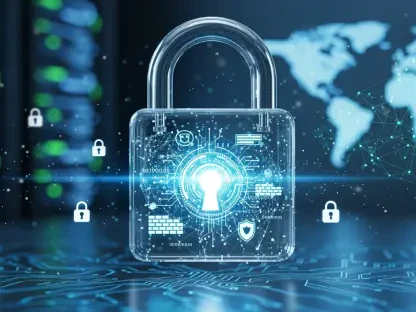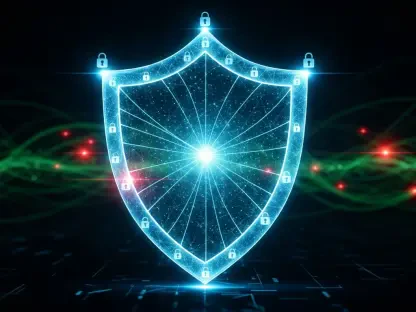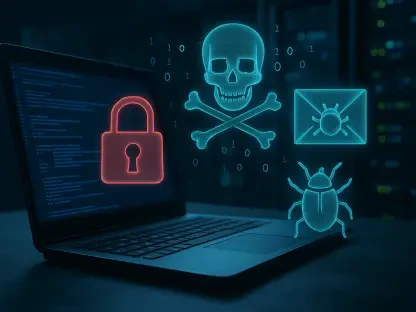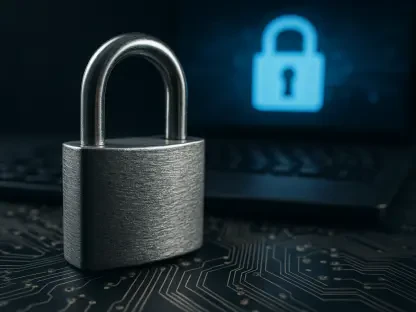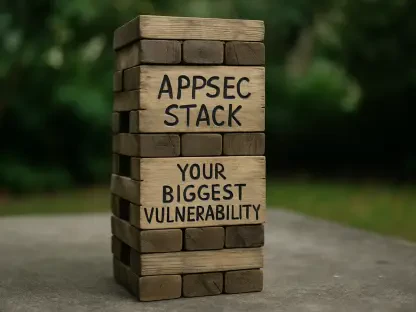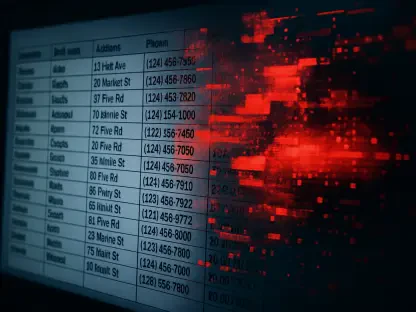Ransomware represents a rapidly escalating threat in the cyber world, evolving into sophisticated attacks capable of crippling organizations. The ever-changing tactics, techniques, and procedures utilized by cybercriminals highlight the imperative for proactive cybersecurity defenses. As attacks become more complex, the integration of continuous validation within cybersecurity strategies has gained attention as a core defense component.
Examining Continuous Validation’s Role in Ransomware Defense
Continuous validation serves as a crucial mechanism in the timely detection and mitigation of ransomware threats. This method allows organizations to consistently evaluate their defenses against new and existing threats. Industry specialists highlight the effectiveness of continuous validation through statistical evidence showing improved early threat detection rates. Despite the endorsements, there are reservations regarding the practicality of its widespread implementation, often associated with resource consumption and integration complexity.
Integrating Continuous Validation with Current Security Frameworks
Within existing cybersecurity infrastructures, continuous validation provides an integrative approach that bridges gaps and strengthens defenses. Organizations adopting this strategy have observed transformative changes in their security operations, reflecting a more dynamic and responsive security posture. However, blending continuous validation with established systems poses challenges, such as balancing the costs and technical hurdles against the tangible rewards of improved threat assessment capabilities.
Anticipating the Future of Continuous Validation in Ransomware Defense
Continuous validation is predicted to become a cornerstone of ransomware defense strategies globally. There are notable differences in its adoption across sectors, driven by varying regulatory and industry requirements. This proliferation challenges preconceived limitations regarding continuous validation’s scope, suggesting its broader applicability and adaptability in long-term defenses.
Synergy with Emerging Technologies and Artificial Intelligence
The convergence of continuous validation with AI and emerging tech signifies a shift away from traditional security practices. Comparative studies indicate that AI-enhanced validation outperforms conventional methods in threat detection accuracy. Expert opinions suggest that ongoing advancements could revolutionize how defenses adapt, positioning continuous validation as a future-proof strategy in combating ransomware.
Summary
In summary, the integration of continuous validation within cybersecurity frameworks emerges as both a strategically vital and practical measure against ransomware threats. Industry insights suggest incorporating these practices can significantly bolster resilience. Organizations are advised to pursue incremental steps towards incorporating continuous validation methodologies, ensuring enhanced protection against evolving cyber threats.
Looking Ahead
The strategic insights gained from continuous validation’s current role reflect its lasting relevance in combating ransomware and malware threats. Stronger defenses result from its integration with modern technology, urging the cybersecurity industry to maintain a focus on innovative and adaptive methods. Through this proactive stance, organizations are better equipped to tackle the dynamic nature of cyber threats.



